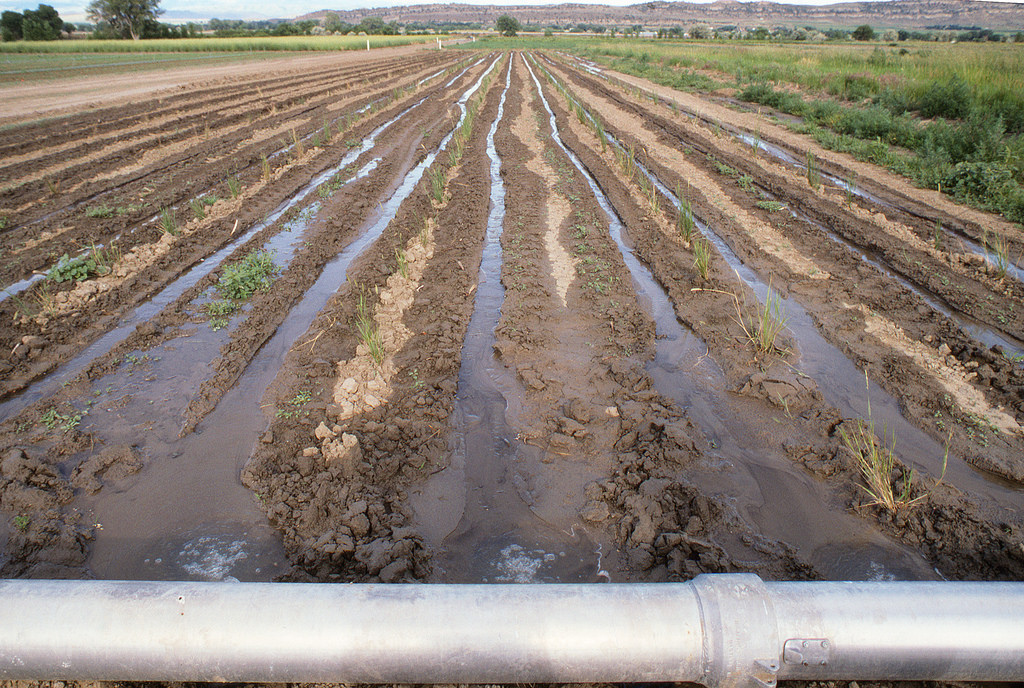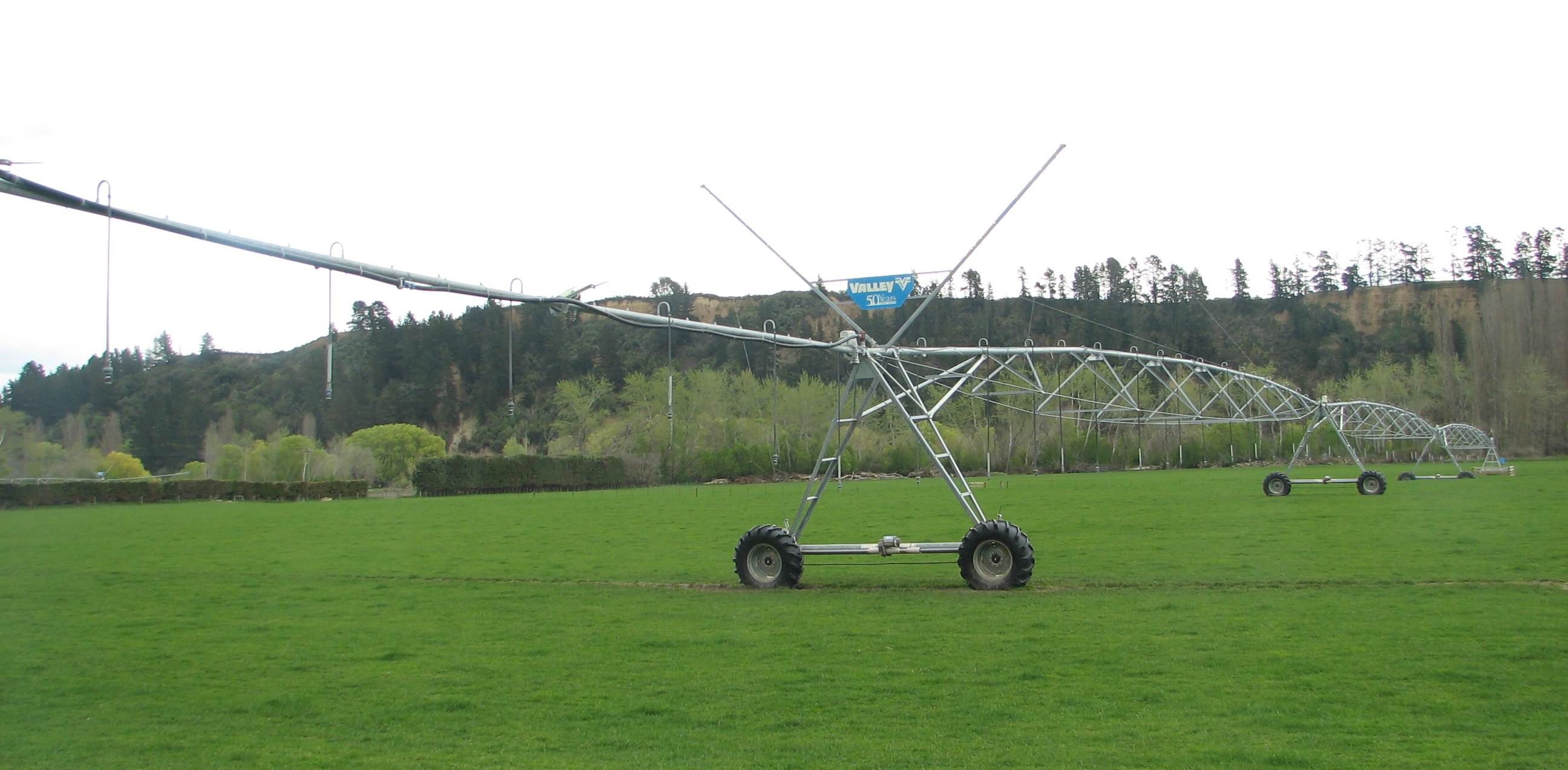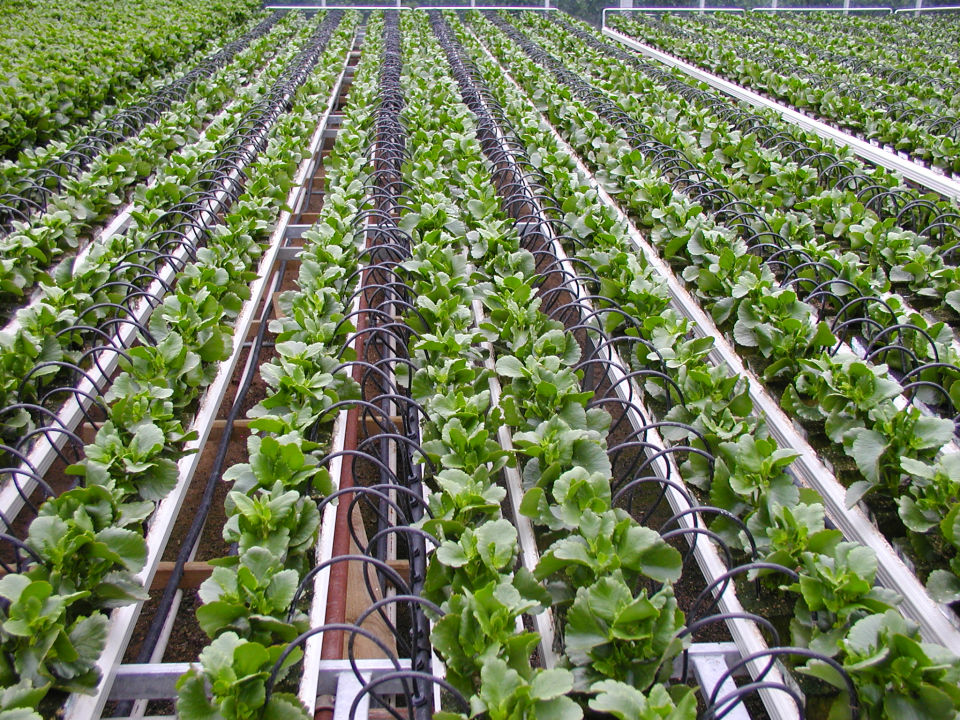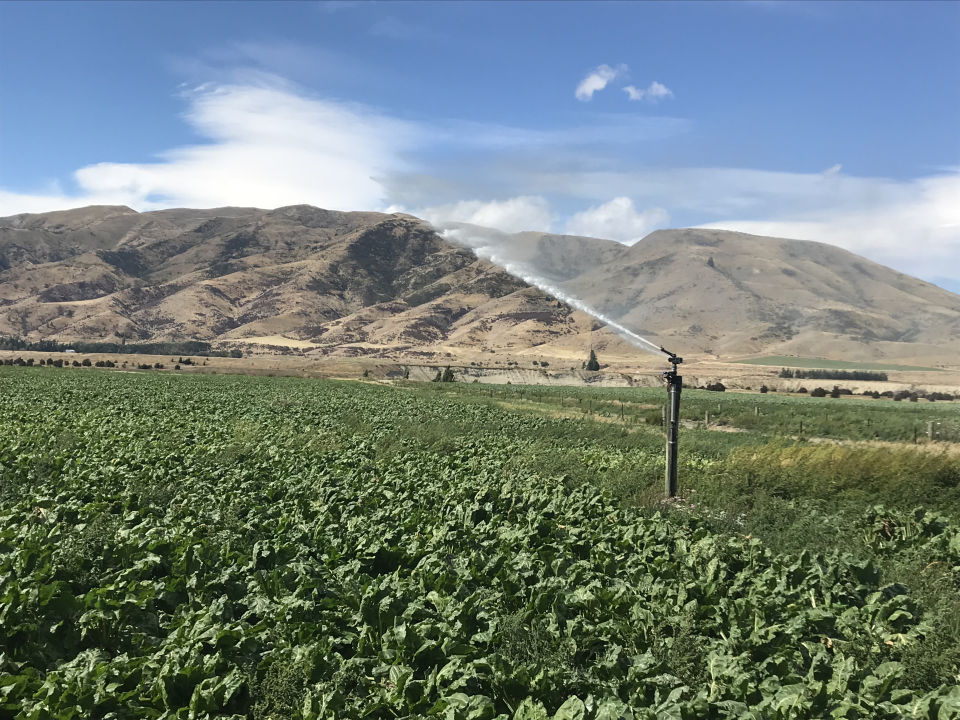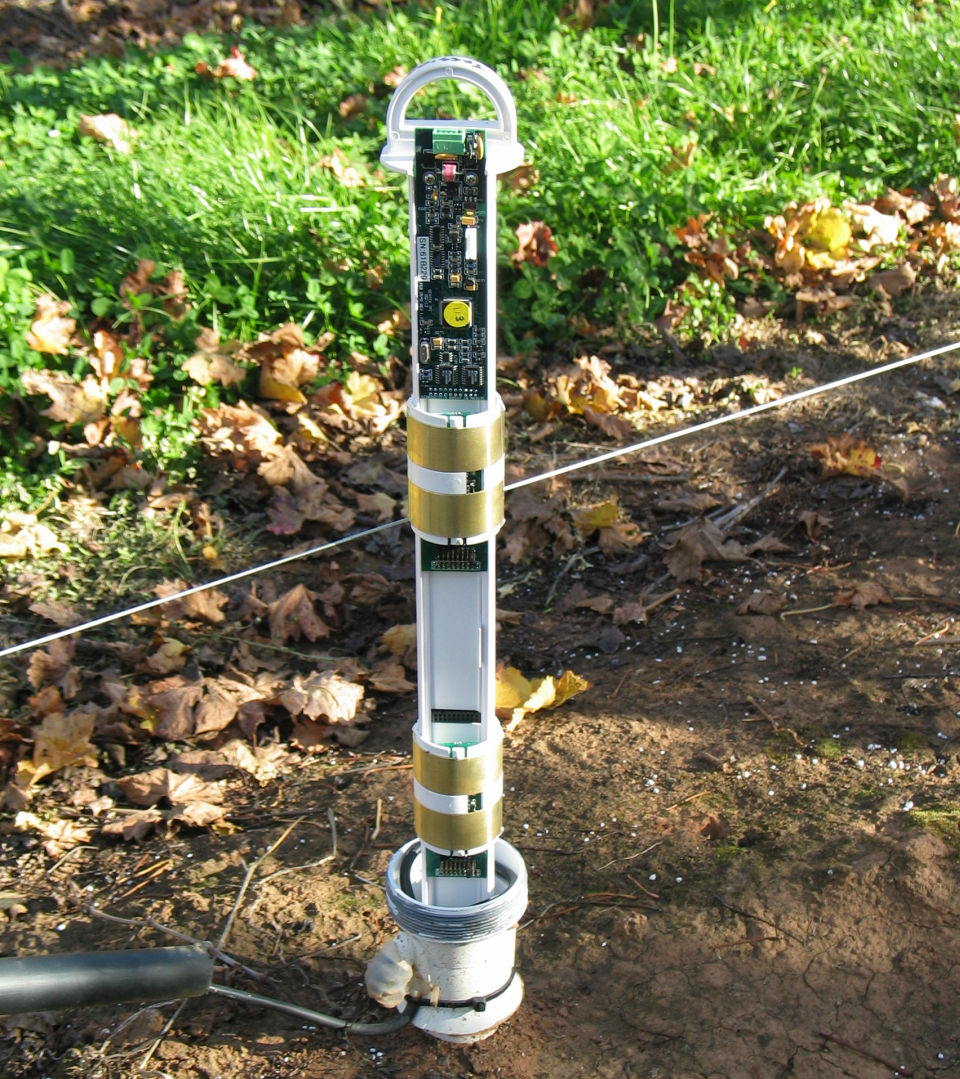Flood irrigation
The type of irrigation systems has changed over time. The oldest type of irrigation systems was flood irrigation. Thousands of years ago in Egypt, the Nile River used to flood a vast area of land each year. The river water made the area - which was usually dry - into a fertile area for growing food.
Today this type of flood irrigation still exists in New Zealand but most land is not irrigated this way. This is because we now have more modern irrigation systems which can apply less water to grow food. Flood water can also pick up fertiliser and carry it into river water or into groundwater when the water soaks into the ground. Too much fertiliser is not good for rivers or groundwater.
Modern systems and tools
Today, much of New Zealand’s irrigated land uses modern spray irrigation systems like centre pivots. These are often used to irrigate grass or crops. Orchards, wineries, or vegetable crops use drip micro systems. These systems can apply a small amount of water at regular times when needed. This is a more efficient way of producing food as no water is wasted by running off underground or into rivers. Applying a little bit of water at a time also means that when it rains the ground is not completely wet. The ground can still absorb some rainfall, so this rain is not wasted.
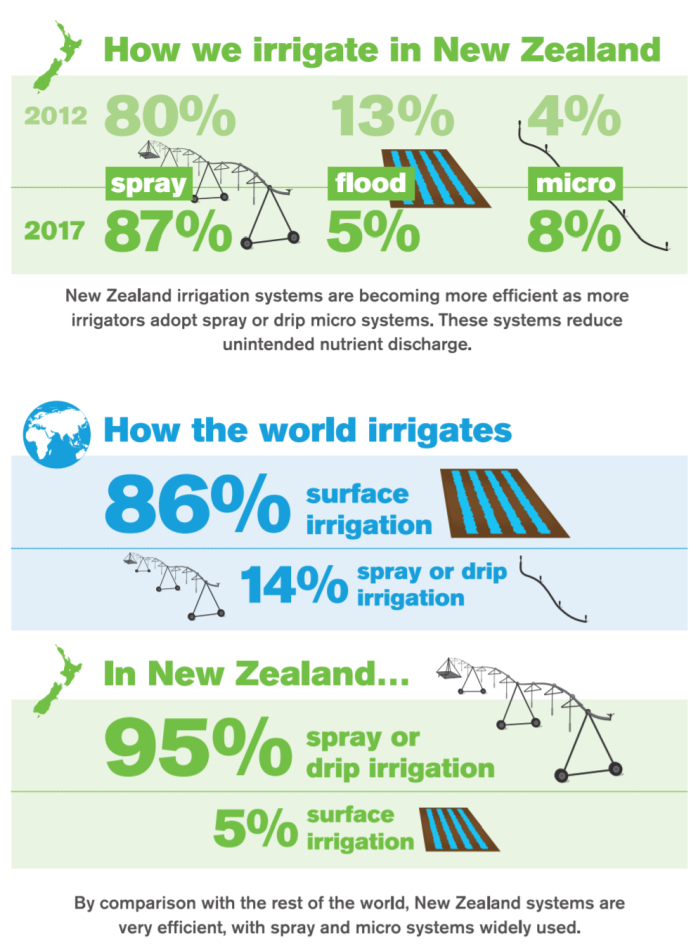
There are a range of new tools which farmers can use to help them plan and decide when they need to apply water. For example, there are tools which measure soil moisture levels. This helps farmers know when the soil is starting to become dry and crops or grass need watering. Advanced weather stations can also forecast rain. Recording temperature also affects decisions about when to irrigate.
Irrigation schemes are also being modernised through the development of piping systems. Piping ensures water is not lost through the supply system by leaky channels or evaporation. This means less water needs to be taken from the river. Piping also gives a pressurised water supply to the irrigator, often by using gravity. If you put water in a pipe and run it downhill, you produce pressurised water. This removes or greatly reduces pumping costs. Power costs are a big part of running irrigation. The design of modern irrigation systems reduce power use.
Monitoring and managing
Today, there is careful monitoring of water use. Farmers need to install water meters, so councils know their water use. This is to check that farmers don’t use more water than their consent allows. Some towns and cities also have water meters installed near houses to record water use as well.
In several regions, farms also must prepare a farm environment plan. This is a plan which shows what a farmer will do to help reduce the chances of their activities having a negative effect on our environment. The plan covers several different activities. For example, farmers may need to fence off their waterways so cows can’t get into streams and pollute them. Or it might be managing their fertiliser use so they don’t apply too much. Farmers also must include information about how they manage their irrigation so that they don’t apply water when it’s not needed.
- Read more about the actions in a Farm Environment Plan - Good Farming Practices PDF.
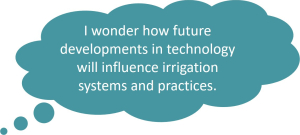
- Ready for a quiz? Try the Changing Technologies activity.

